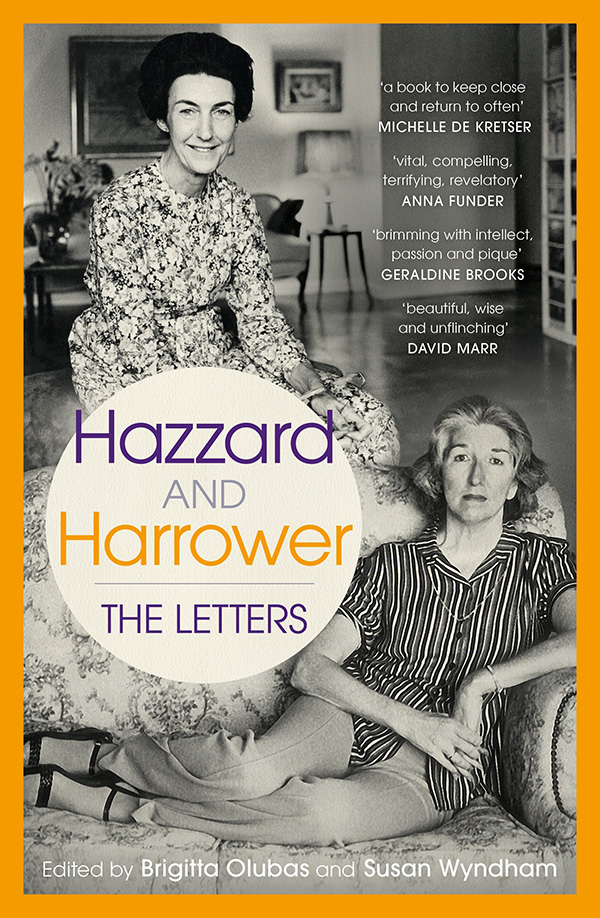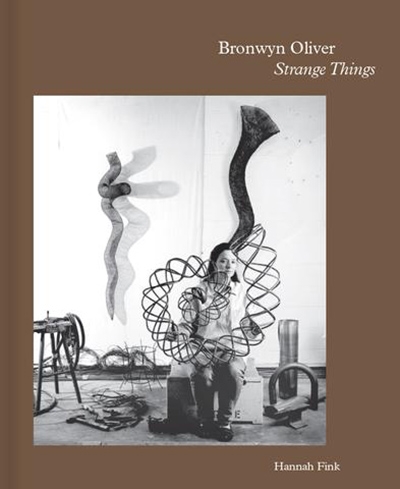Brigitta Olubas
Hazzard and Harrower: The letters edited by Brigitta Olubas and Susan Wyndham
by Peter Rose •
Shirley Hazzard is widely regarded as one of Australia’s finest novelists, even though she published only four novels during her long lifetime. Now, Professor Brigitta Olubas from the University of New South Wales has written the first major literary biography of the writer in Shirley Hazzard: A writing life (Virago/Farrar, Straus and Giroux). In this week’s ABR podcast, ABR Editor Peter Rose interviews Professor Olubas about her study of the ‘complex, alluring, peripatetic artist’.
... (read more)Elizabeth Harrower: Critical essays by Elizabeth McMahon and Brigitta Olubas
by Susan Sheridan •
Shirley Hazzard: New Critical Essays edited by Brigitta Olubas
by Brenda Walker •
Australian Literary Studies, Vol. 28, no. 1-2 edited by Leigh Dale and Tanya Dalziell
by Brigitta Olubas •
Shirley Hazzard: Literary Expatriate and Cosmopolitan Humanist by Brigitta Olubas
by Paul Morgan •
Broomstick: Personal Reflections of Leonie Kramer by Leonie Kramer
by Brigitta Olubas •
Patrick White within the Western Literary Tradition by John Beston & Remembering Patrick White edited by Elizabeth McMahon and Brigitta Olubas
by Charles Lock •








